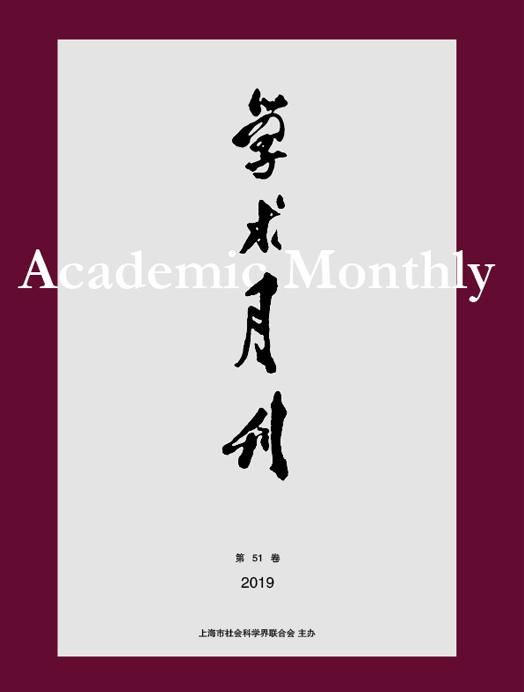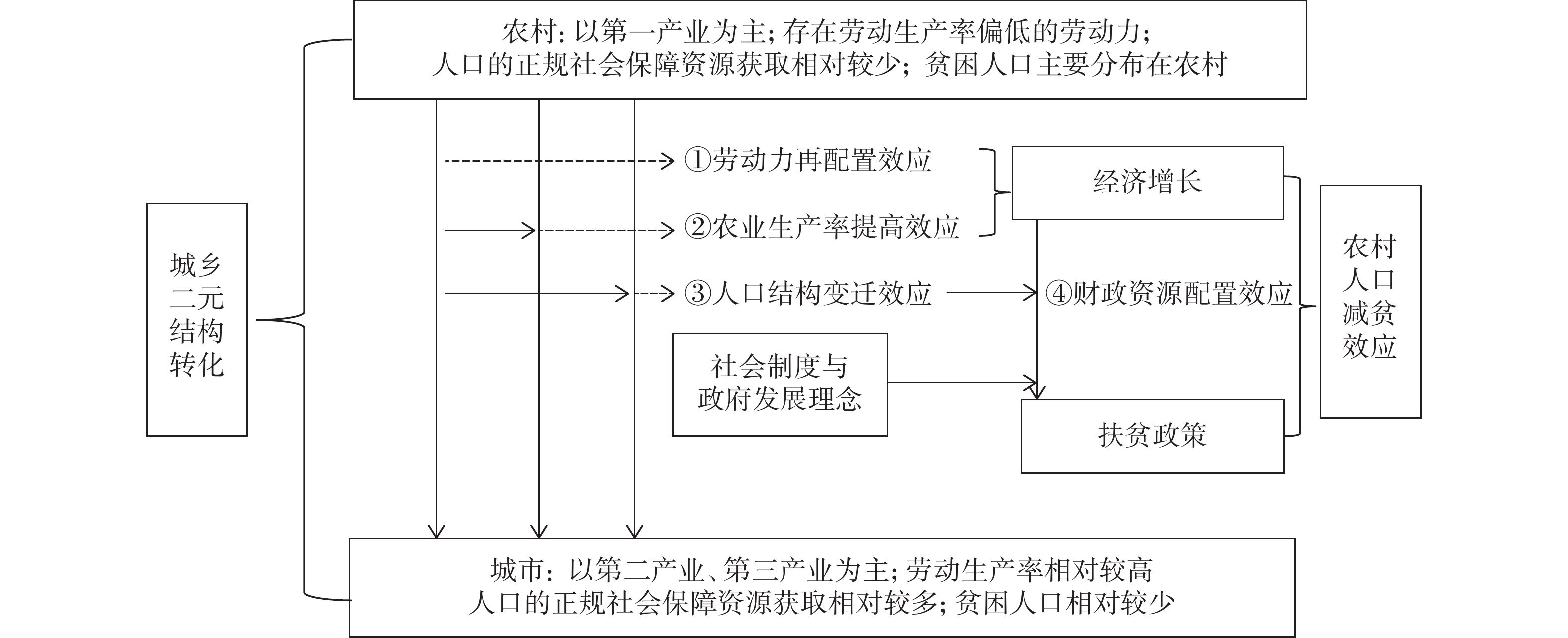The “Miracle” of Poverty Reduction in China from the Perspective of Urban-rural Dual Structure Transformation
- Available Online: 2020-09-21
Abstract: Poverty reduction has been a major theme in China’s modernization process since the founding of the People’s Republic of China. This paper points out that the process of poverty reduction in China presents three characteristics: China has achieved “miraculous” poverty reduction achievements in the global scope, the achievements of poverty reduction mainly occur in the high growth stage after the reform and opening up, and the process of poverty reduction is accompanied by the transformation of urban-rural dual structure. The transformation of dual structure affects rural poverty reduction through labor force reallocation effect, agricultural productivity improvement effect, population structure change effect and financial resource allocation effect. The first two effects mean economic growth, and the latter two effects are embodied in poverty alleviation policies. The four effects of dual structure transformation on poverty reduction can be supported by China’s empirical evidence. China’s socialist system and economic system transformation after reform and opening up provide the institutional basis for the effects. After 2020, China’s poverty reduction strategy will enter the “second half”, that is, relying on conventional ways and long-term mechanism construction to solve the problem of urban and rural relative poverty. In terms of development ideas and policy orientation, we need to promote the re-convergence of poverty reduction strategy and dual structure transformation.




 沪公网安备 31010102003103号
沪公网安备 31010102003103号 DownLoad:
DownLoad: